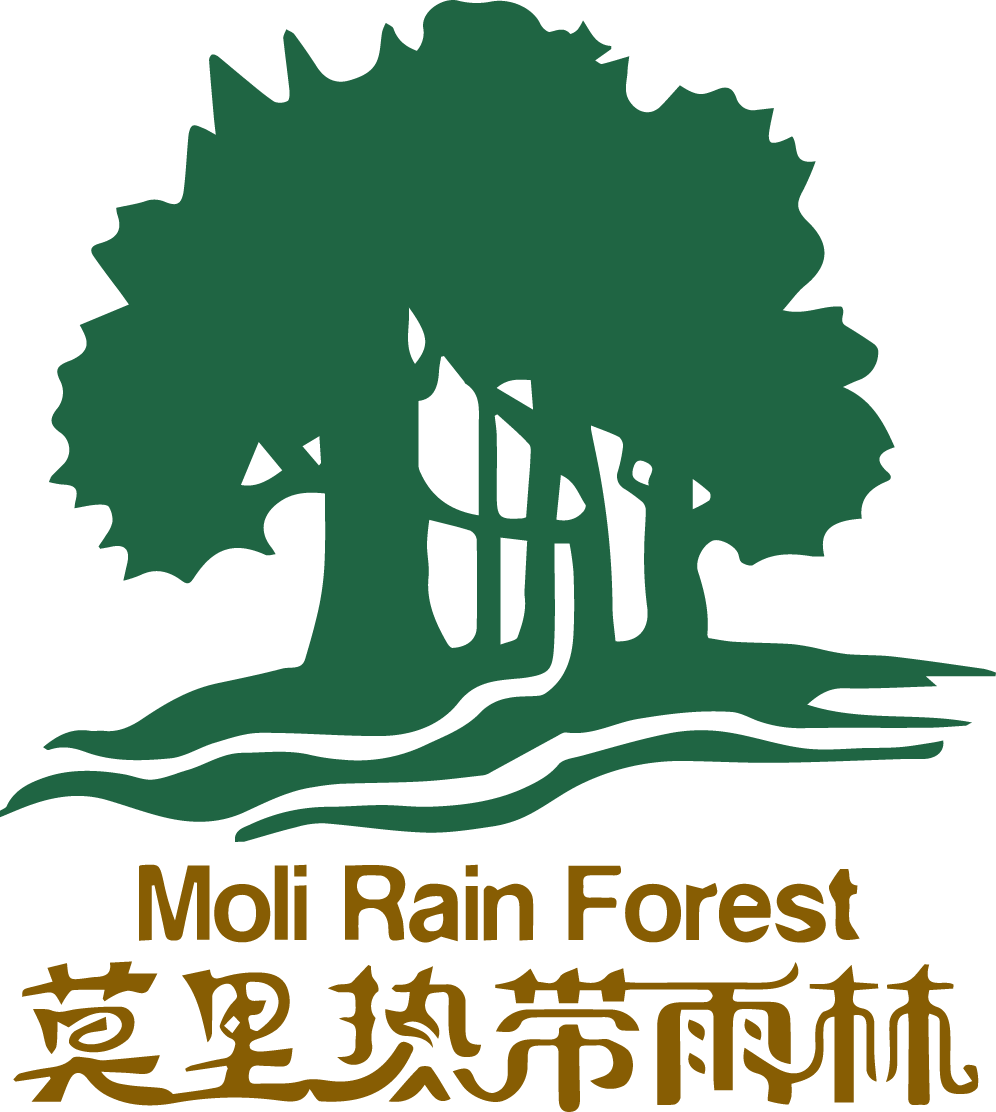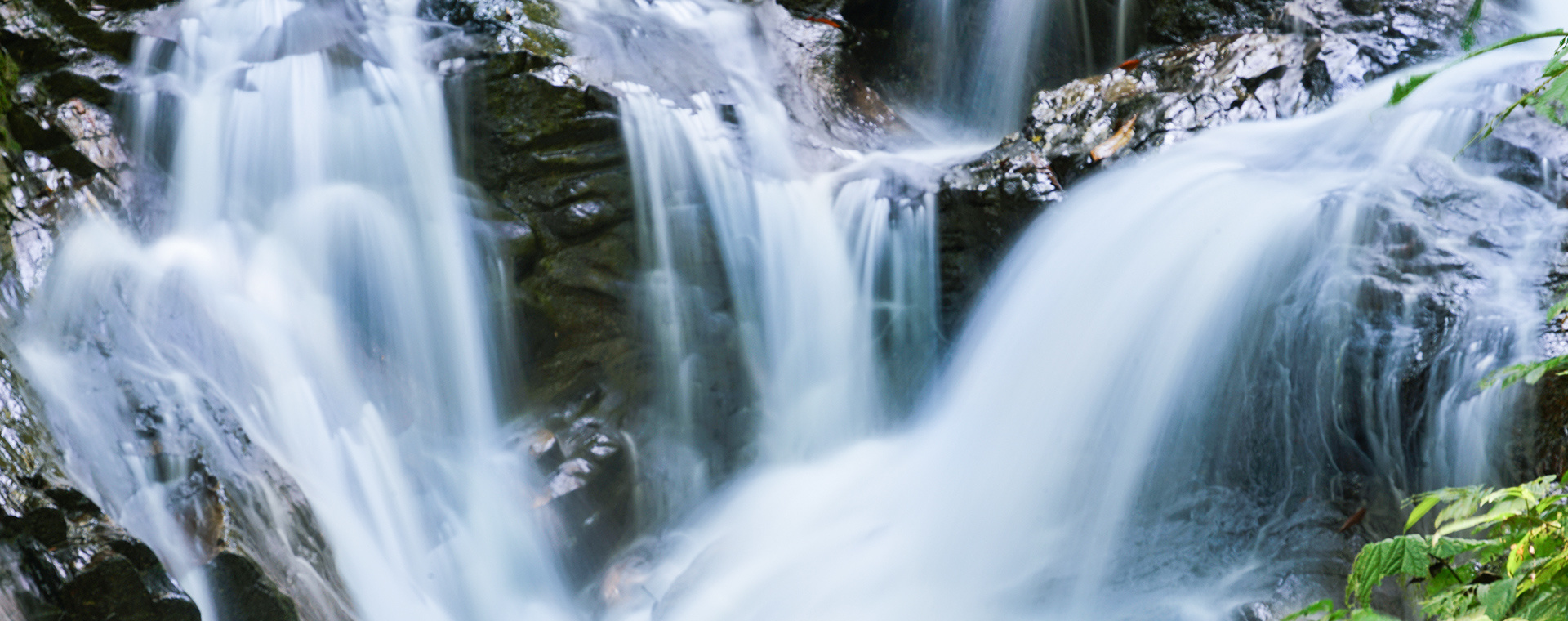Featured Plants
Moli Tropical Rainforest Scenic Area belongs to the southern Yunnan flora, the trans-Himalayan flora, and the northern Myanmar flora, representing a corner of these regions. It is the northernmost latitude and westernmost longitude tropical rainforest monsoon forest distribution area in China, exceeding the geographical tropics, with a very special geographical location. The area covers climate types from tropical to temperate and 61 vegetation types. It is the only nature reserve in China located in the tropical region of the Irrawaddy River basin and is the most concentrated and typical area of the Indo-Myanmar tropical biogeographical flora in China. Influenced by the subtropical monsoon climate, the scenic area has abundant rainfall, ample sunlight, and evergreen vegetation throughout the year. Animals live here comfortably, and plants grow freely.
Within the scenic area, in the lush tropical rainforest with towering ancient trees, there are 1,540 plant species, including 479 species of flowers and spices. Among them, more than a dozen rare and special species are nationally protected at levels two and three, including the tree fern known as the "living fossil of hundreds of millions of years," one of the world's top ten famous trees, the Yunnan Seven-leaf Tree, as well as Dianhong toon and top fruit trees.
Moli Tropical Rainforest Scenic Area belongs to the Tongbiguan Provincial Nature Reserve. Visitors entering the scenic area are requested to strictly abide by the relevant regulations of the reserve. These resources are precious and fragile; we hope you leave only beautiful memories and do not take anything away.
[Tree Fern]
About 180 million years ago, the tree fern was the most flourishing plant on Earth, marking the era of reptiles alongside dinosaurs. However, after long geological changes, most tree ferns on Earth perished, and only a few can be found in places called "refuges." Considered a "national treasure," it is listed as a first-level endangered protected plant by many countries.
[Bian Dan Vine]
Named for its resemblance to a carrying pole, it is a perennial plant. In the past, Dai people hunting in the mountains usually did not carry water bottles. When they saw the Bian Dan Vine, cutting the vine would reveal small fibrous marks and quickly release drinkable clear water. When crossing the rainforest, finding the Bian Dan Vine and quenching thirst with the natural water in it is one of the quick ways to obtain water.
[Tiger Whiskers]
Tiger Whiskers is a herbaceous plant growing in tropical rainforest areas. The base of its flowers has dozens of long filamentous strands that hang gracefully, resembling a tiger's whiskers, hence the name. Tiger Whiskers prefer to grow in warm, moist watersides or shaded humid rainforest areas. Due to its deep purple-black color, it absorbs almost all sunlight. If exposed to sunlight, the flowers easily absorb heat, rapidly warming and potentially burning themselves. Also, the dark color differs from other colorful flowers that attract bees and butterflies for pollination; Tiger Whiskers is a self-pollinating plant. Wild Tiger Whiskers are now rare and even endangered, classified as a level three protected plant by the state.
Tiger Whiskers is a plant that is both attractive and practical, with valuable medicinal properties. Its roots and stems can be used medicinally to clear heat and detoxify, regulate qi, and relieve pain. Although Tiger Whiskers is a rare traditional Chinese medicine, the whole plant is toxic. The whiskers of the tiger should not be touched, and the flower filaments should not be picked casually.
[Babao Tree]
Babao Tree belongs to the family Moraceae, is a large tree reaching about 40 meters in height and about 1.8 meters in diameter at breast height. The trunk is round and straight, the crown is umbrella-shaped, branches are quadrangular and drooping, with opposite lateral branches. Leaves are opposite, large, ovate, with very short petioles. The terminal inflorescence is a white flowered panicle. The fruit is a flattened spherical capsule with slight ridges, and the seeds are small. The Moli Babao Tree King, with a diameter at breast height of 6 meters, is the largest Babao tree in the area and is called the Babao Tree King.
[Papaya Fig]
Papaya Fig, also known as Big Fruit Fig, Mantou Fruit, Large Fig, Pineapple Fruit, Big Papaya, Honey Loquat, Big Pomegranate, etc., bears fruit directly on large branches or trunks, even at the base of the trunk. The fruit is flattened spherical, fist-sized, green when young, turning reddish-brown when ripe, slightly sweet and juicy, delicious and edible, considered a premium wild fruit. Papaya Fig has many edible parts (leaves in spring, flowers in summer, fruit in autumn) and is highly nutritious, rich in vitamins and minerals.
[Seven-leaf Tree]
The Seven-leaf Tree, also known as the Screw Palm, has a graceful shape, large and beautiful flowers, and unique fruit, making it a rare tree for viewing leaves, flowers, and fruit. It is one of the world's famous ornamental trees. The Seven-leaf Tree can be used for food, medicine, and timber. Its leaf buds can be used as tea substitutes; bark and roots can make soap; leaves and flowers can be used as dye; seeds can extract starch and oil and are edible with a taste similar to chestnuts. It also has medicinal uses such as calming the mind, regulating qi, and killing insects. The wood is light and can be used for papermaking, carving, furniture, and crafts. The Yunnan Seven-leaf Tree is a nationally protected wild plant at level three.
[Large-leaf Cliff Vine]
The Large-leaf Cliff Vine is endemic to China, growing epiphytically on large trees in humid tropical dense forests and on limestone cliff walls. It is listed as a national level two key protected wild plant. As a vine that can only be admired from a distance, it climbs over 30 meters high. Its stem is cylindrical and robust, aerial roots are fleshy and cylindrical, petioles are green and nearly cylindrical. The flowering period is from April to August.
[Menglun Winged Tree]
Menglun Winged Tree is endemic to China and a unique tree species of the tropical limestone mountain monsoon rainforest in China. Its leaves and flowers have medicinal value, used to disperse blood stasis, stop bleeding, and tonify, mainly treating trauma and bruising swelling. However, the bark is toxic, containing chloroform and methanol extracts, which can be fatal.
Tips:
The Ruili area has a tropical rainforest climate, so it is suitable for travel all year round.
There is no dedicated tourist line in the scenic area. If you are not joining a tour group, it is recommended to take a bus, charter a car, or drive yourself.
Moli Tropical Rainforest Scenic Area belongs to the Tongbiguan Provincial Nature Reserve. Please strictly follow the relevant regulations when entering the protected area.
The path to Moli Waterfall is slippery, please be careful.





